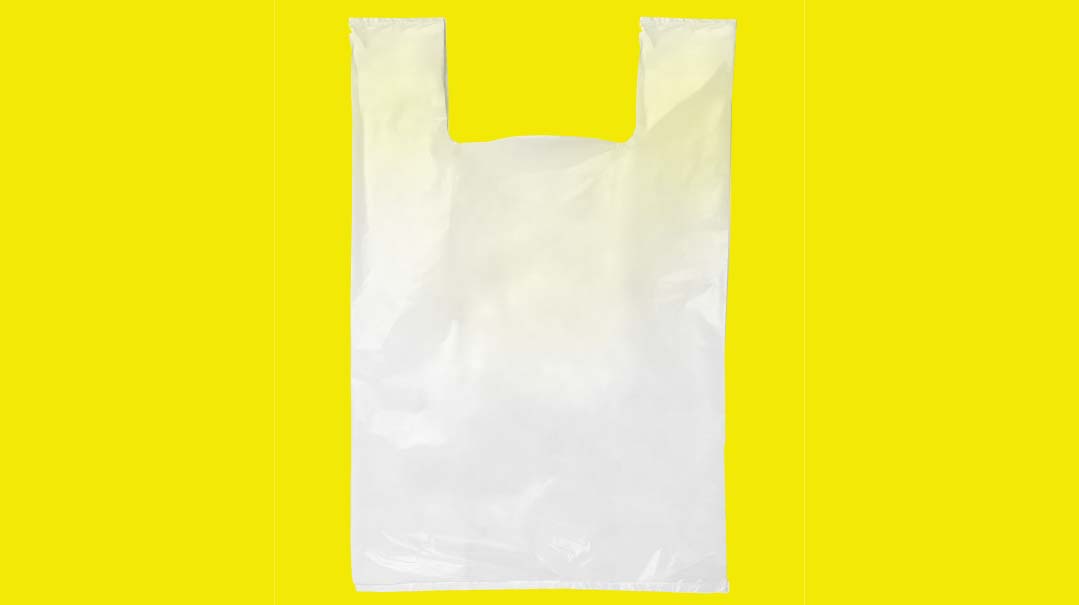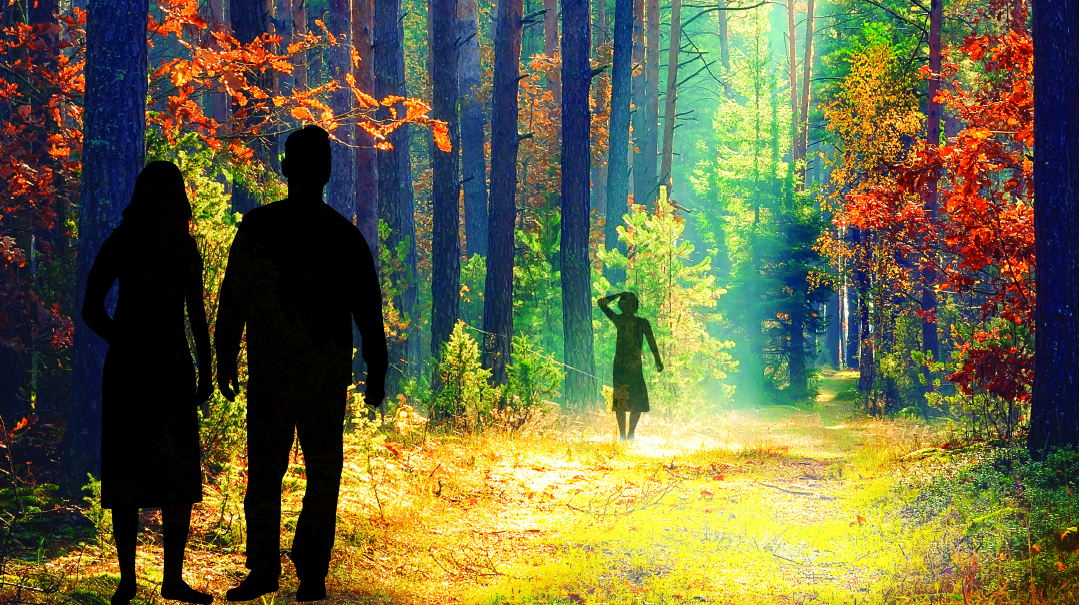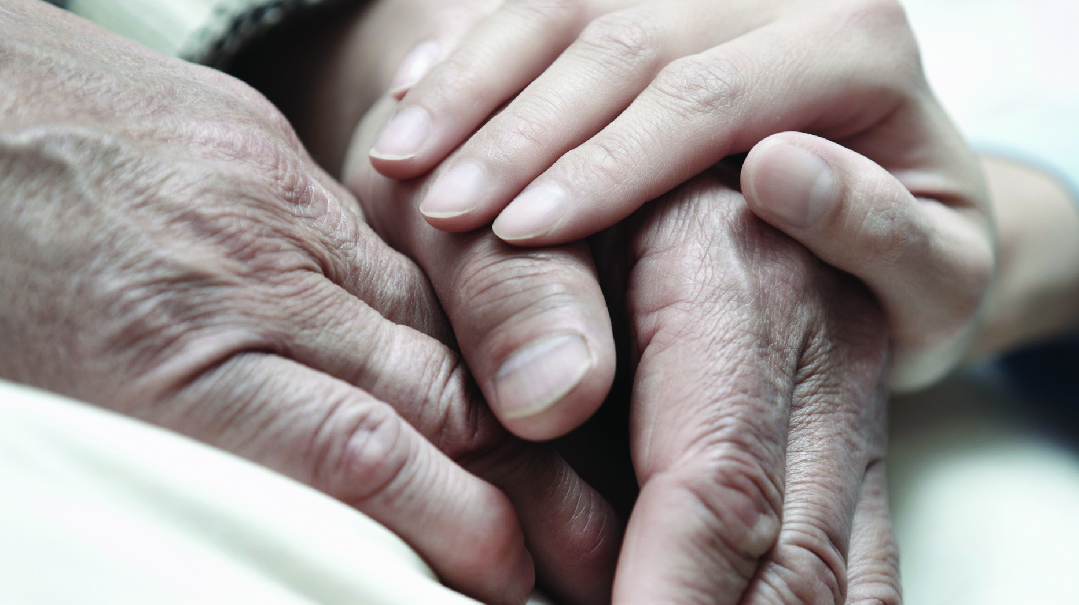With a Hand Tied Behind Me

Many times, store owners and random people on the street screamed for Hatzolah to be called when they witnessed my sudden attacks

S
ome people have to fight their way to be able to learn and teach Torah.
I was never one of those people. I didn’t grow up secular and then become a baal teshuvah. I didn’t go off the derech and then find my way back to Yiddishkeit. I didn’t go off to yeshivah or sit and learn in kollel against the wishes of my family. Nor did I have to struggle mightily to put bread on the table.
I was zocheh to be raised in a family where limud Torah was a priority. My father z”l worked as a chemistry professor, but Torah study was a paramount value in our home, and my parents were delighted when I expressed interest in learning. They gladly sent me to yeshivah, first in America and then in Eretz Yisrael, and they happily backed my decision to settle in Eretz Yisrael and devote my life to learning and teaching Torah.
My wife, Rachel, and I met in Eretz Yisrael, and by the time we got married, we both had paid teaching positions in Yerushalayim. She was working in a seminary, and shortly afterward began teaching kallahs, while I was giving shiur in a small yeshivah, in addition to my regular kollel sedorim. Easing our transition further, we both had siblings and other close relatives living in Eretz Yisrael, and my grandparents even owned an apartment here. Back in 1983, when we got married, there weren’t many American couples living in Eretz Yisrael, but even so, our adjustment wasn’t particularly difficult.
Sure, we endured the growing pains of raising a family of Israeli kids, and we went through plenty of bumps along the way as we navigated the chinuch system and tried to make sense of a culture that was unfamiliar and often bewildering. We also had our share of parnassah challenges along the way. And we worked hard. Both before and after a full two sedorim, I would teach either in seminary or yeshivah. Rachel would teach a full morning and often return for evening classes after the children were asleep. In between, she would teach kallahs. But our lives were filled with meaning, and it was truly a pleasure and a privilege to us to be living a life of Torah in Eretz Yisrael.
Several years ago, Rachel and I joyously celebrated the weddings of three children within three months. At that point, we were in our fifties, having married off seven of our nine children, with only our two youngest children left at home. We felt that we had reached a place of tranquility: Our children were grown, we were busy teaching and guiding students, and our lives were filled with nachas and purpose. Still at the prime of our kochos, we looked forward to continuing to teach Torah for many more years.
One day, my wife noticed that my hand was shaking. “You should really get this checked out,” she said.
My family doctor referred me to a neurologist, but before my scheduled appointment, the shaking began to happen more frequently and with much greater intensity. One morning, my wife told me I had woken her the night before. Apparently I’d sensed an abyss before me and yelled, “Catch me, I’m falling!” It was quite frightening for both of us to feel my life spiraling out of control.
Oops! We could not locate your form.












